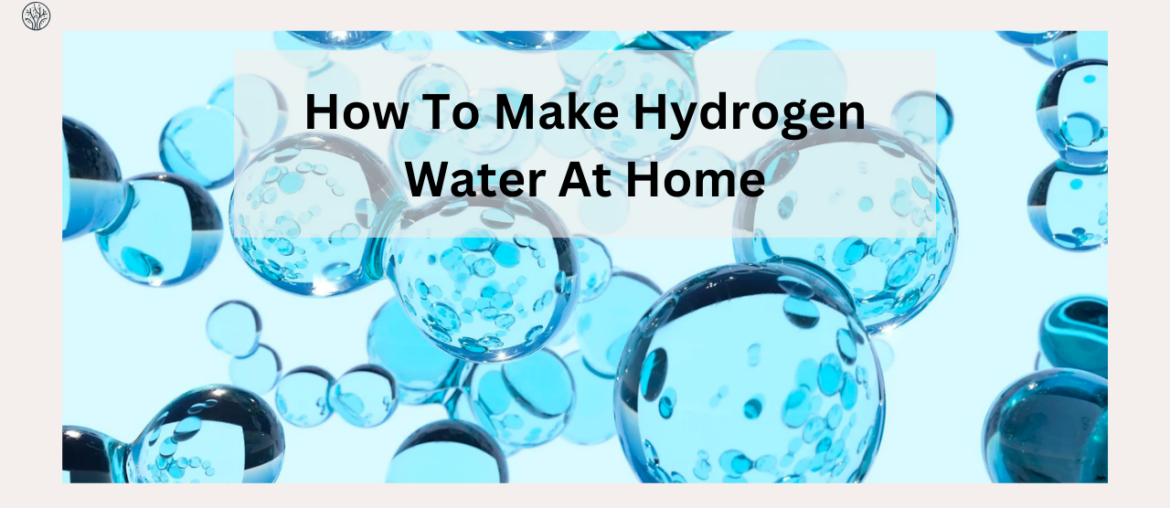Hydrogen water, with its potential health benefits, has gained popularity in the health and wellness community. It’s no surprise that many individuals are eager to incorporate this trendy beverage into their daily routine. The good news is that you don’t need to have a background in science, medicine, or nutrition to enjoy the advantages of hydrogen water. In this article, we will show you how to make hydrogen water at home using two simple methods: electrolysis machines and metallic magnesium.
How to Make Hydrogen Water at Home Using Electrolysis Machines
Electrolysis is a method that uses electricity to split water into oxygen and hydrogen gases. When making hydrogen water at home, you have two options: water ionizers and proton exchange membranes, both based on electrolysis.
Electric Water Ionizers
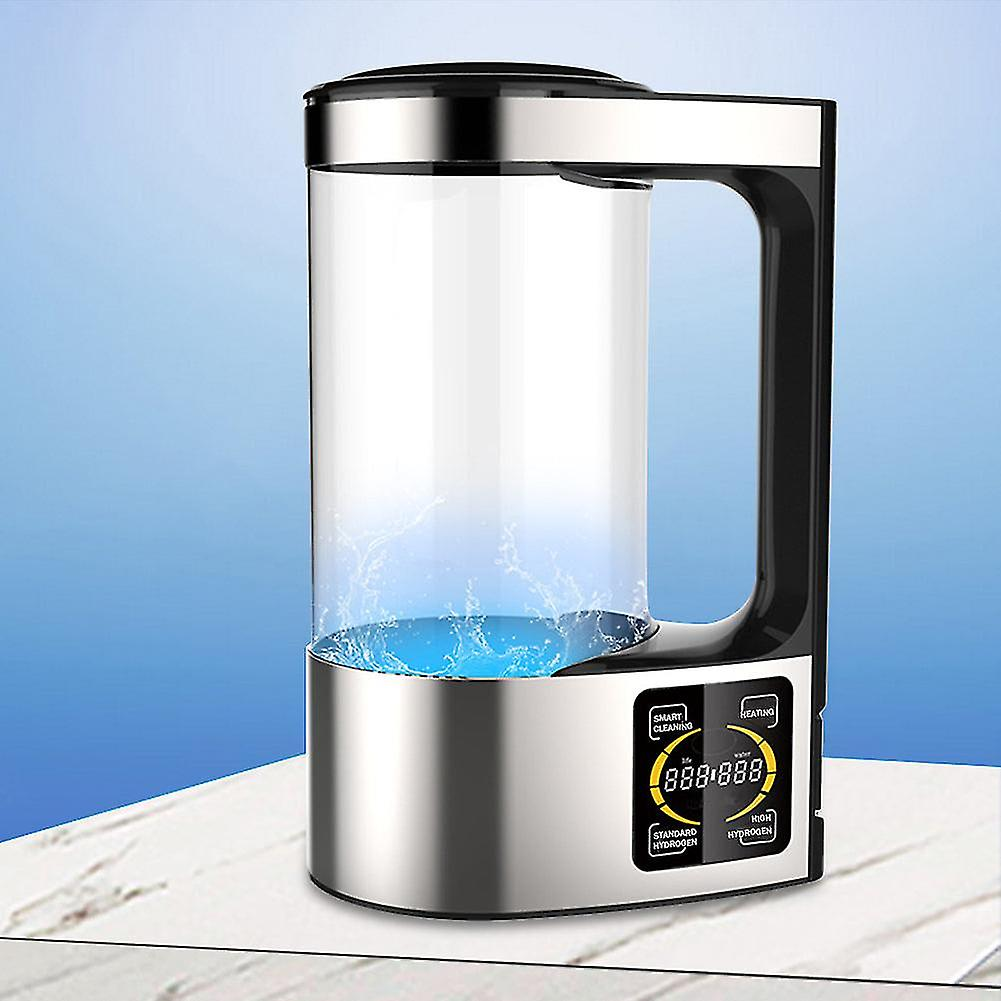
Electric water ionizers are great machines for making hydrogen rich water at home. They work by using electricity to split water into its parts, pure hydrogen and oxygen.
The best thing about these ionizers is how fast they work. You can get the amount of hydrogen water you want quickly, whether you want just a little or a lot. You can even adjust the hydrogen concentration to your liking.
But there’s more to these machines than just hydrogen. Advanced water ionizers from brands like Tyent or Alka Viva can also make water more acidic or alkaline, depending on what you need. You can choose the pH level that suits you best. Plus, when they do their thing, they tend to pull harmful stuff like fluoride ions and chemicals such as cyanide, phosphates, and nitrates towards the acidic water, making the resulting water safer.
Taking care of electric water ionizers is pretty easy too. They use fancy technology to keep their plates in good shape, so they can keep making therapeutic hydrogen water for a long time.
Non-electric Filters/Ionizers
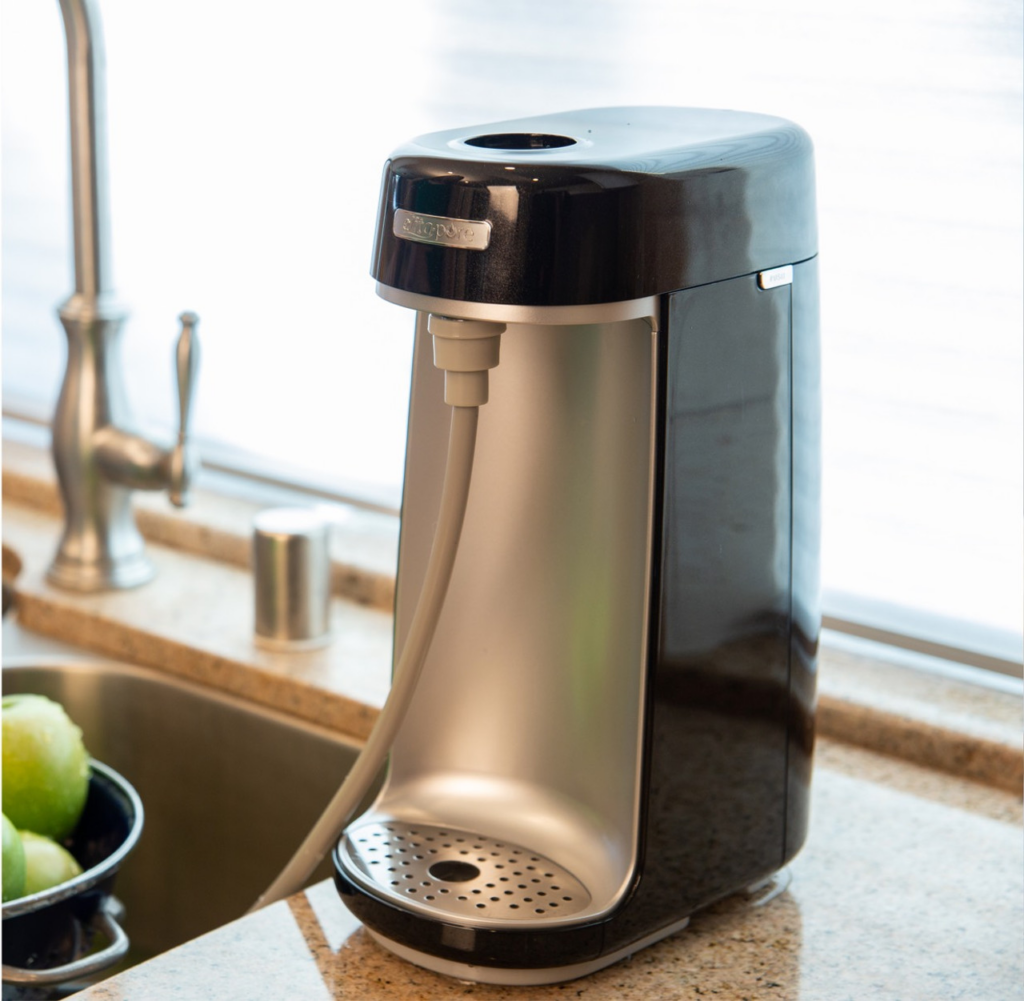
For a more budget-friendly option, you can try non-electric filters and ionizers. These devices use natural materials to replicate the process found in famous natural healing springs around the world.
Places like Hita Tenryosui in Japan, Tlacote in Mexico, and Nordenau in Germany are well-known for their healing properties. Research has shown that the waters in these springs contain dissolved molecular hydrogen and alkaline minerals. These healing effects are believed to be due to contact with natural alkaline earth minerals and metals.
So, how to increase hydrogen in water with these devices? Non-electric filters and ionizers use materials like ceramics, tourmaline, and volcanic stones to create a similar environment. Water flows through these materials, resulting in water with increased hydrogen content and alkalinity. Importantly, these devices also let essential minerals pass through, so you not only remove impurities but also keep the beneficial minerals found in natural springs.
The hydrogen content in water produced by non-electric filters and ionizers may not be as high as that in electric machines. Nevertheless, they provide an affordable way to enjoy hydrogen rich water with potential health benefits.
Proton Exchange Membranes
Machines utilizing proton exchange membranes (PEMs) represent a significant advancement in hydrogen water technology. They offer several advantages over conventional water ionizers:
- pH Neutrality: PEM machines do not alter the pH of the water, addressing concerns about overly alkaline water.
- Reduced Scaling: These machines are less prone to scaling issues, primarily because they maintain pH neutrality.
- Versatility: PEM machines can work with any water source, including high TDS, low TDS, or TDS-free water like distilled and reverse osmosis water.
- Higher Hydrogen Levels: Some PEM machines can achieve higher levels of dissolved hydrogen, up to full saturation of 1.6 ppm. Pressurization chambers in certain models can reach 3–4 ppm, although achieving higher levels requires advanced engineering.
While PEM machines offer various benefits, it’s important to note that they still provide relatively low levels of hydrogen gas in the water, which may limit their overall health benefits. As such, users are encouraged to consume hydrogen water consistently throughout the day to experience any potential advantages fully.
How to Make Hydrogen Water at Home Using Metallic Magnesium
Another fascinating way to produce hydrogen water at home is by using metallic magnesium. It’s essential to remember that this method uses pure magnesium, not the one you find in magnesium based supplements and everyday products. Pure magnesium reacts with water to make hydrogen gas, but magnesium salts do not.
Hydrogen Tablets And Powder
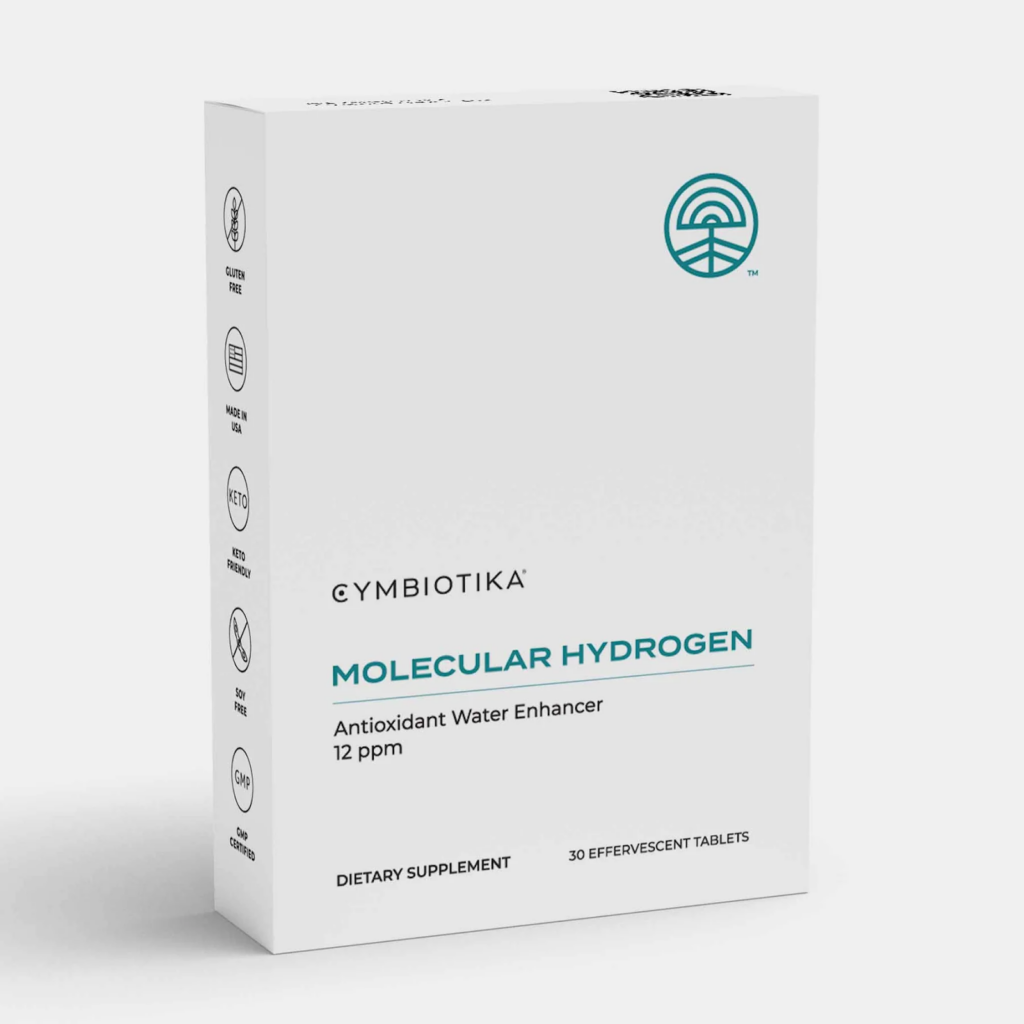
A way you can make hydrogen rich water is to use metallic magnesium in tablet or powder form. There are currently several of these products on the market, such as Cymbiotika, Aquah2, etc. Some of these products are formulated to dissolve in water and create the hydrogen reaction in a container before using it. Others are formulated to be absorbed, producing hydrogen in the stomach. Because these products are primarily made up of a special kind of magnesium – a mineral that most people lack in their diets, it is generally beneficial and safe to take it.
The preferred way is to use a hydrogen tablet that dissolves easily in water. This is because hydrogen saturation levels can be tested and documented easily. With the H2 reagent drops, you can easily measure the amount of hydrogen produced. The test is not possible when ingesting powders or tablets. The beneficial research results obtained from ingesting hydrogen come primarily from studies in which subjects consumed hydrogen dissolved in water. The tablets produce hydrogen rich water in about 20 minutes. Simply drop the tablet in an airtight water bottle and you will instantly see hydrogen gas bubbles form, imparting the powerful health properties of hydrogen. In fact, these tablets currently produce the highest concentration of H2.
Magnesium Sticks
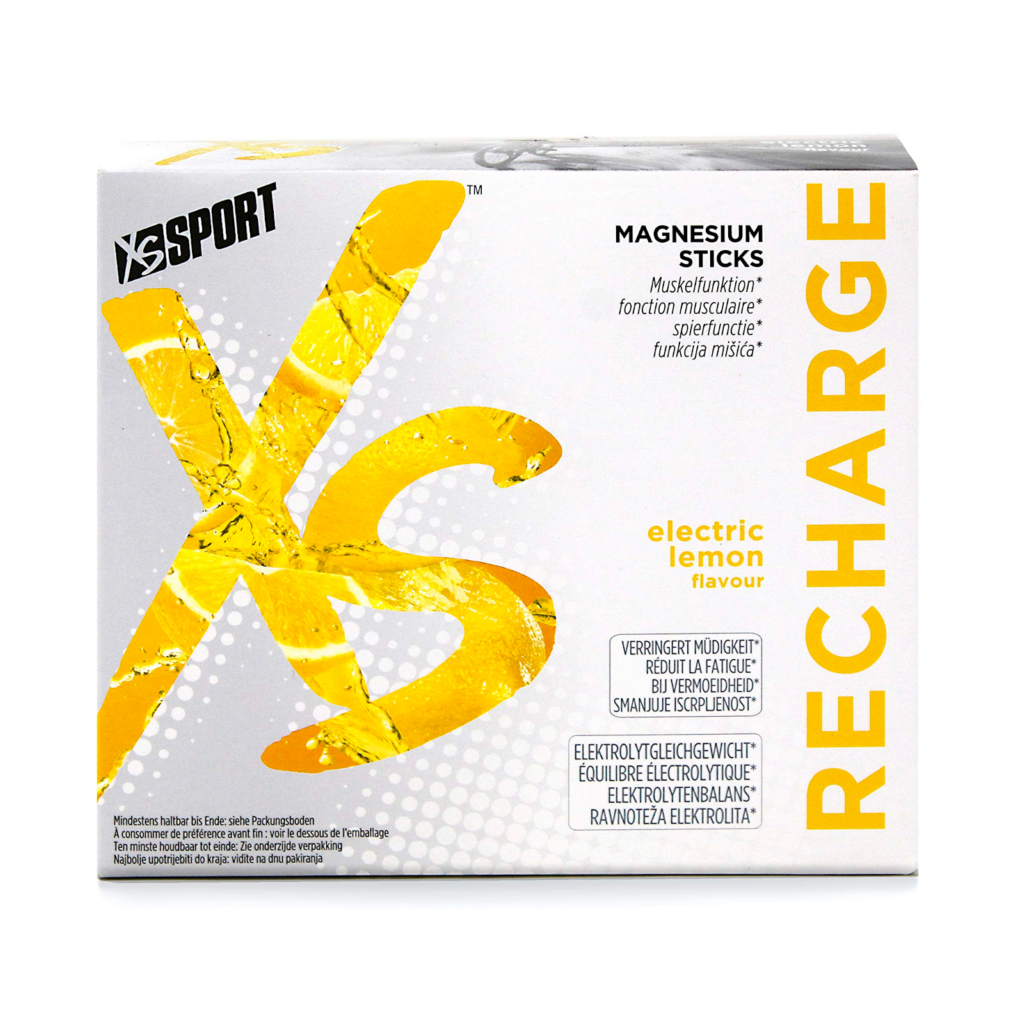
Magnesium sticks make it easy to create hydrogen rich water. Here’s how it works: You buy a magnesium stick, put it in a bottle of water, and seal it up. The reactive magnesium in the stick interacts with the water, generating hydrogen. After following the instructions and waiting a bit, you’ll have hydrogen-enriched water ready to drink.
These sticks are affordable and user-friendly. You can find them at a reasonable price, and they have a long shelf life, so you can keep them around for whenever you want hydrogen water. It’s a cost-effective option for those who want hydrogen water without a big upfront cost.
But there’s a catch: Magnesium sticks don’t filter the water. Most manufacturers suggest using them only with bottled water, which is already filtered and purified. This is because impurities or contaminants in tap water might react with the magnesium and affect the quality of the hydrogen water. So, if you’re using tap water, make sure it’s properly filtered before using a magnesium stick.
Summing Up
Learning how to make hydrogen water at home is a straightforward solution that gives you the freedom to enjoy its potential health benefits whenever you want. It’s no longer just for experts – anyone can do it using the methods in this article. Remember to talk to a healthcare professional before making major changes to your diet or health routine. Here’s to a healthier you with homemade hydrogen water!

